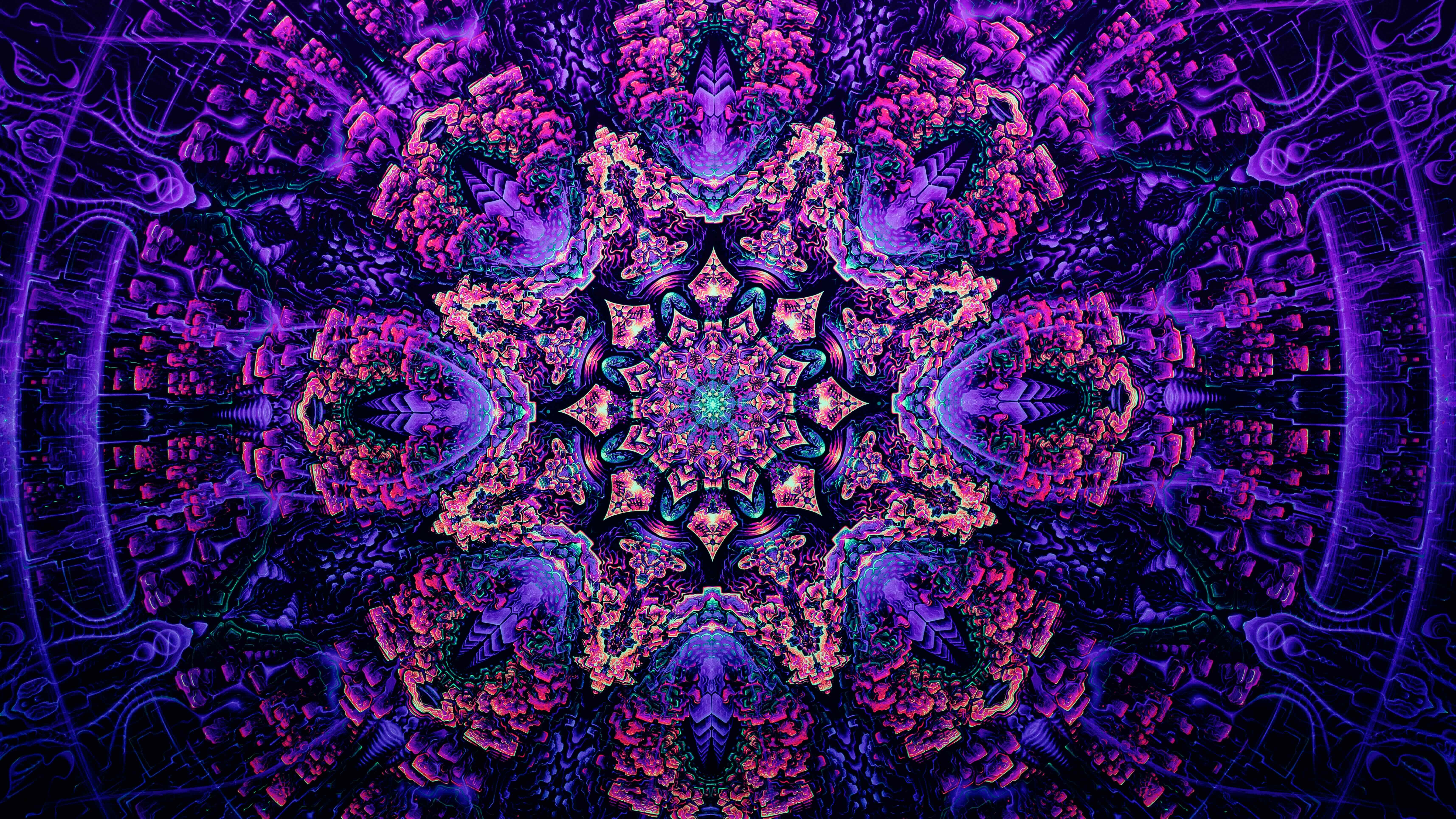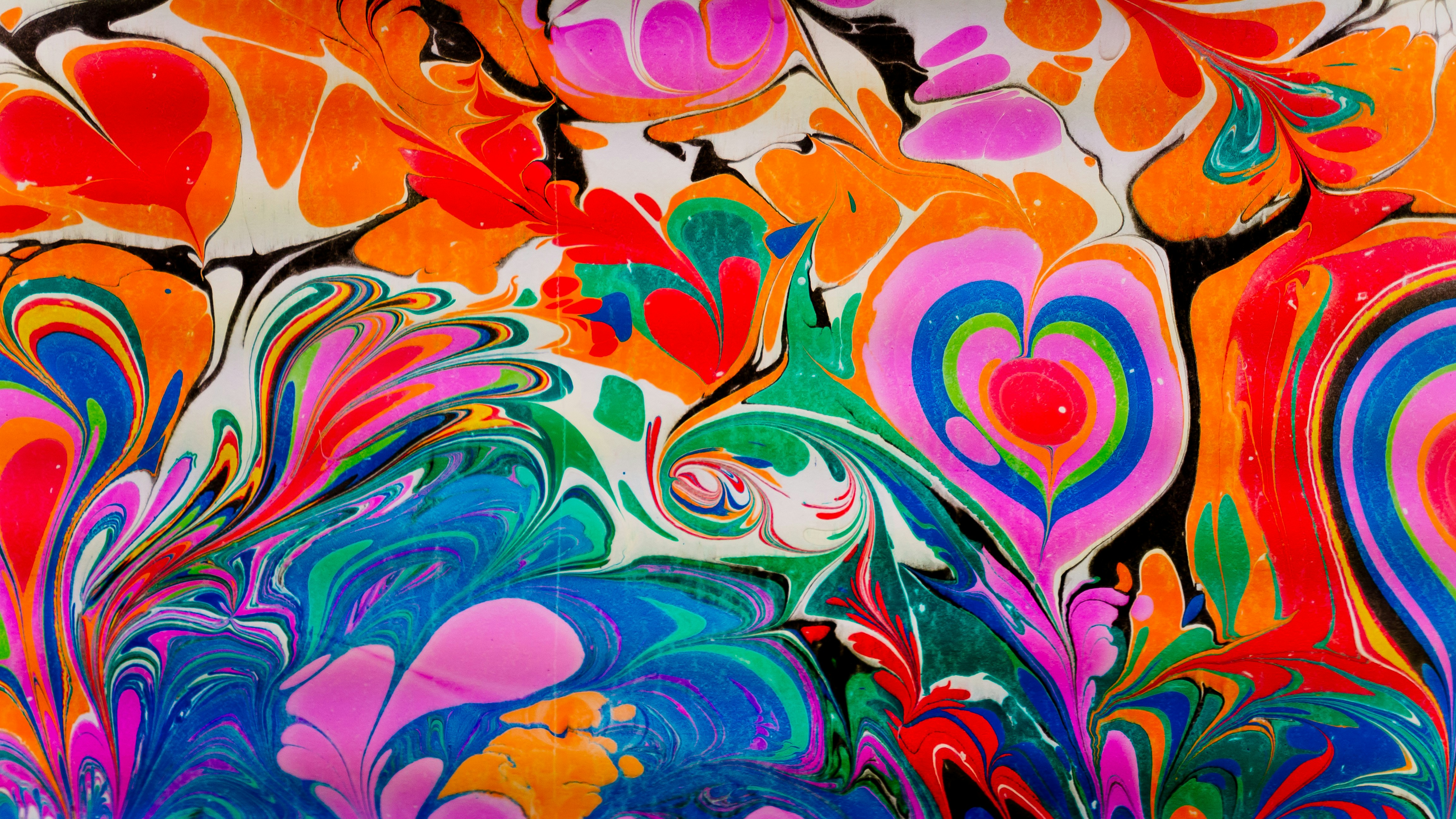Patients often ask whether ketamine therapy “counts” as psychedelic. The honest, clinically useful answer: ketamine shares psychedelic-like phenomenology — altered perception, loosened patterns of thought, shifts in perspective — while living in a different pharmacologic “house”. Classic psychedelics tend to lean on serotonin 5-HT2A pathways; ketamine primarily modulates glutamate (notably, NMDA receptors). This is why we say ketamine has the same “neighborhood” of subjective experience, but different front door, wiring, and floor plan.
Your brain isn’t broken, it may just be carrying too much. For some people considering ketamine for depression, this “different house” can be exactly what helps reduce the weight.
The neighborhood analogy: understanding how ketamine relates to other psychedelics
Imagine a street of homes that all feel creative and expansive inside. Psilocybin and LSD might be mid-century bungalows: bright windows, bold patterns, long open rooms. Ketamine is the modern townhouse at the corner: the light still shifts, the space still opens — but the architecture guides you inward. The phenomenology (how it feels) can align across houses, even as the mechanism — i.e. how the house is built, what the house looks like — differs.
Some key differences can typically include:
- Classic psychedelics: More often outward-facing, with vivid visuals and a sense of engaging the world around you.
- Ketamine: Often inward-facing, quieter, and cocoon-like; many patients prefer eye masks and curated music to simplify sensory input.
Understanding these family resemblances — and the differences — helps Lumin Health design ketamine therapy that’s safe, supportive, and centered on your goals.
Internal vs. externally oriented experiences
In clinical practice, it’s common to see classic psychedelics pull attention outward: colors bloom, patterns breathe, sounds feel textured and expansive. By comparison, therapeutic-dose ketamine tends to invite attention inward:
- Quieter visuals. Some people notice color and pattern shifts, but less “cinematic” imagery.
- Body distance. A gentle sense of observing rather than inhabiting the body can arise (the dissociative component).
- Thought looseness. Rigid loops may soften; new associations become bearable to think about.
This inward quality is part of why ketamine for depression can be helpful in clinical contexts: the intense phase is typically about an hour, followed by 30–60 minutes typically devoted to re-orientation. Many patients appreciate meaningful change without an all-day commitment.
What patients often feel during ketamine therapy and how Lumin Health prepares
Many patients describe:
- Time feeling elastic (minutes feel shorter/longer than they are)
- Music taking on added dimensions, “narrative”, or other atypical qualities
- Reduced self-judgment and a kinder vantage point on difficult memories
- Relief from the constant press of depressive thoughts — sometimes during, sometimes in the days after
Because ketamine can sometimes make the world feel “too detailed,” Lumin Health’s program pares back the inputs: comfortable seating or recline, blanket, eye mask, and a some suggestions aroundplaylist. Your clinical team of experts remains close, calm, and medically attentive while giving you space to explore. If you work with an existing care team, we help you plan cross-care or behavioral support during the neuroplasticity window so any insights can be explored safely.
Why this matters in a Spravato clinic like Lumin Health
Language shapes care. When we acknowledge ketamine’s psychedelic-like effects, we get precise about set and setting inside our esketamine (Spravato) program:
- Medical backbone. Esketamine (Spravato) is FDA-approved for specific indications and delivered under REMS in a clinically monitored Spravato clinic – REMs is an oversight entity that ensures that our staff are trained specifically for the provision of esketamine (Spravato) and any and all significant side effects are reported.
- Comfort by design. Lights low, minimal interruptions, and staff who know when to step in and when to step back.
- Agency. You’re invited — not pushed — to approach the experience with curiosity. We monitor vitals, dose, and route; you guide meaning and pace.
For many patients exploring ketamine for depression, this blend — medical rigor plus comfortable set/setting — makes ketamine therapy at Lumin Health feel both safe and truly personal.
FAQs
Will ketamine feel like psilocybin (shrooms)?
There can be some overlap in experiences, but they’re not identical. Psilocybin often feels more outwardly immersive, visual, and connected with the natural world. Ketamine is typically more internal and reflective, with a shorter, more contained arc. Some patients considering ketamine therapy after trying psilocybin can find the inward focus helpful for working directly with depressive thought patterns — especially when paired with existing care routines during the neuroplasticity window.
Why does music feel different on ketamine?
Two reasons. First, attention narrows: simplifying the environment helps the brain process fewer competing signals. Second, ketamine’s glutamatergic effects can temporarily alter how brain networks synchronize, so rhythm, tone, and lyrics can carry surprising emotional weight. We encourage patients using ketamine for depression to choose familiar, non-lyrical or gently structured playlists ahead of time and to revisit select tracks afterward to anchor learning.
A final word for your decision about ketamine therapy
Whether you receive off-label ketamine or esketamine (Spravato), what matters is less the label and more the container: careful dosing, a thoughtful environment, and support before and after. In the same neighborhood of possibilities, ketamine’s different house may offer the room you need to move — safely, at your pace.
Related reading:
- How Ketamine Works
- Therapy + Ketamine
- The Neuroplasticity Window
Keywords used intentionally for discoverability: ketamine therapy, ketamine for depression, esketamine (Spravato), Spravato.







